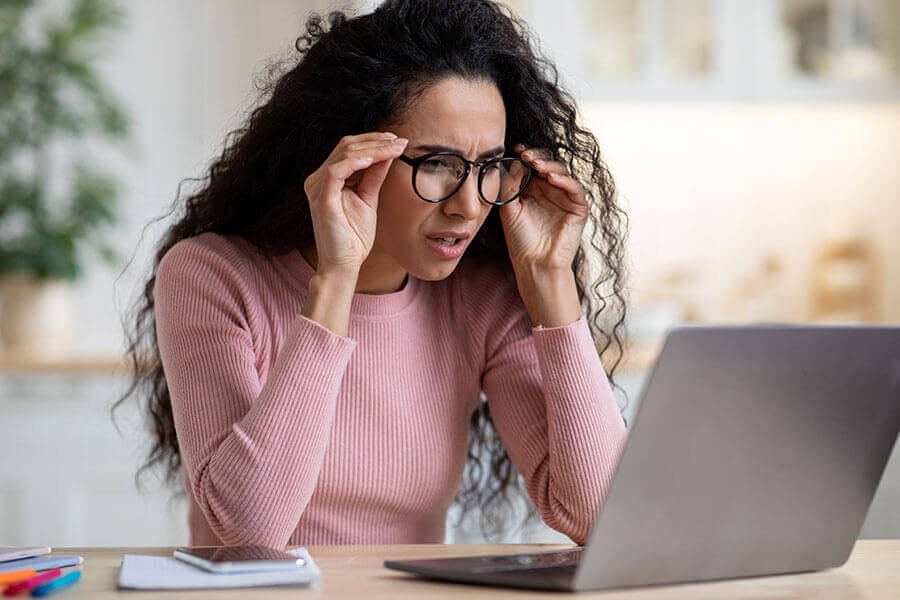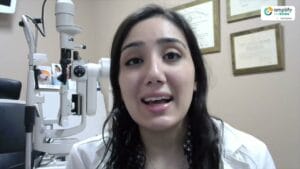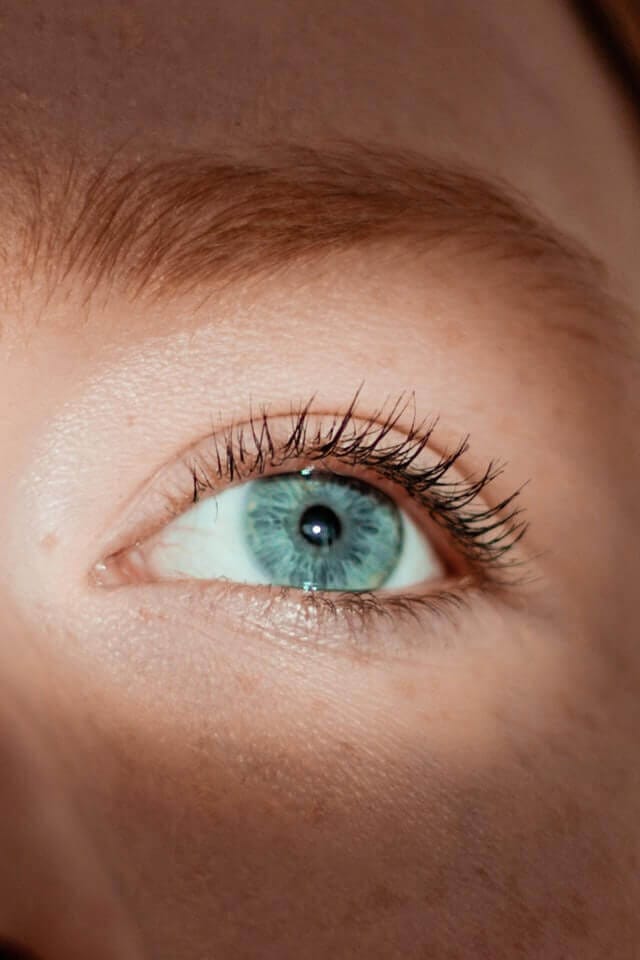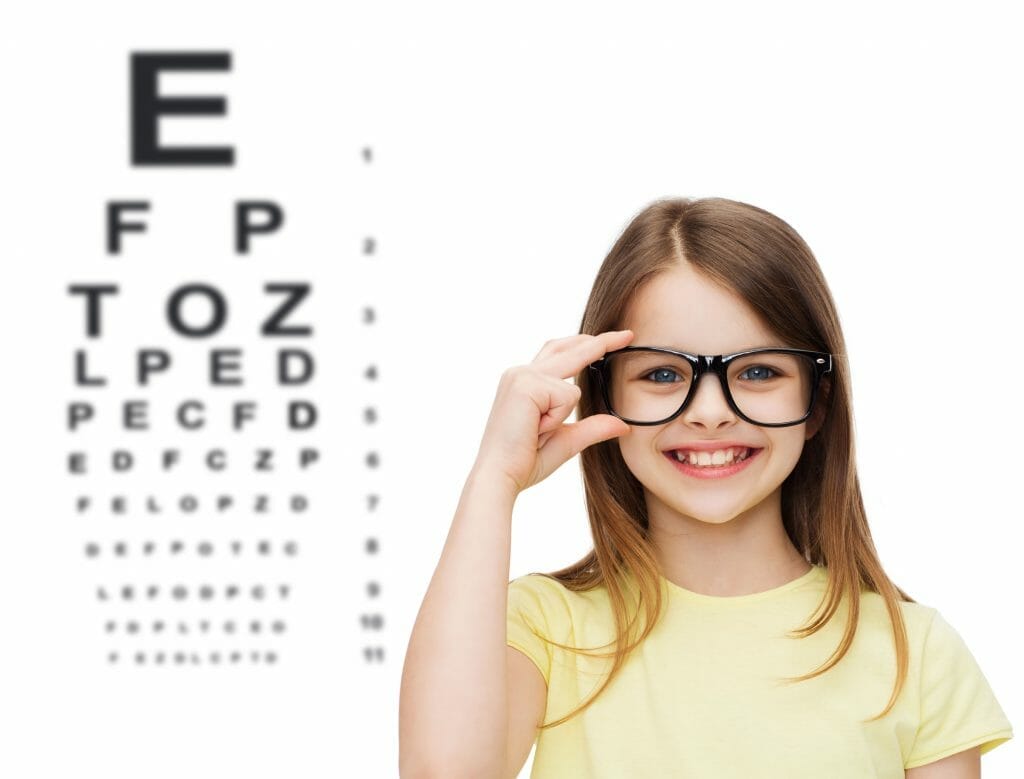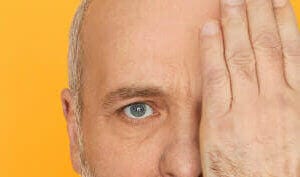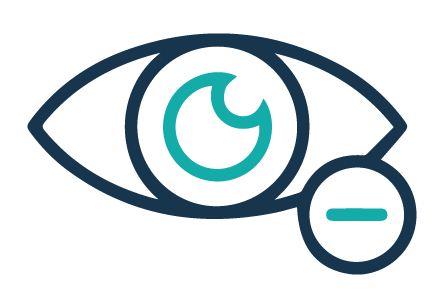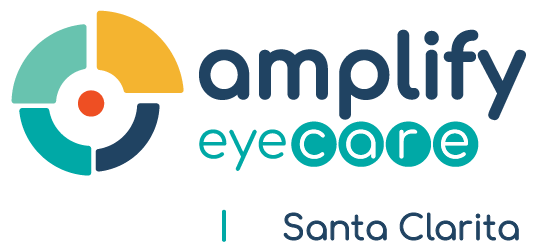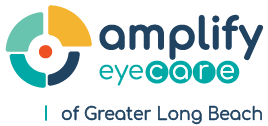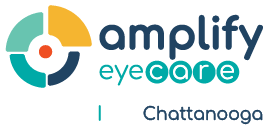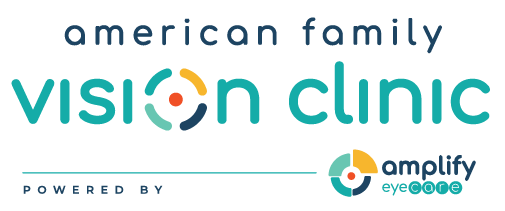Practice Blinking
One significant strategy that our optometrist recommends is practicing blinking. Due to the nature of computer and cell phone usage, we tend to blink less fully. Dr. Portello, Christina A. Chu, O.D, M.S., and Mark Rosenfield, Ph.D., found that computer usage resulted in 75% more incomplete blinks than reading from a printed document.
Exercise 1: Spend one minute actively blinking, doing fifty full blinks in that one minute period. Look in each direction (up, down, left, right, straight) and blink ten times in each direction (5×10). When doing this exercise, make sure that your blinks are complete by placing your finger sideways under your eye above your cheekbone, pointing towards your nose. When you blink fully you should feel a gentle brush of your upper eyelashes on your finger.
Exercise 2:
Close your eyes normally, pause for 2 seconds, then open them. Next, close the eyes normally once again, pause for 2 seconds, and then forcefully close them
Hold the lids together tightly for two seconds, then open both eyes. Repeat for 1 minute.
A firm squeeze is used to ensure that the muscles responsible for closing the eyelids are being used.
Exercise 3:
Put your fingers at the corners of your eyes and blink. During correct blinking, you should not feel any movement under your fingers.
When you feel anything, you are using your defense muscles on the side of your head. Practice blinking with the goal of using your blinking muscles that are above your eyelids.
If you're experiencing persistent dry eye syndrome or eye strain, don't hesitate to reach out to your eye doctor.

